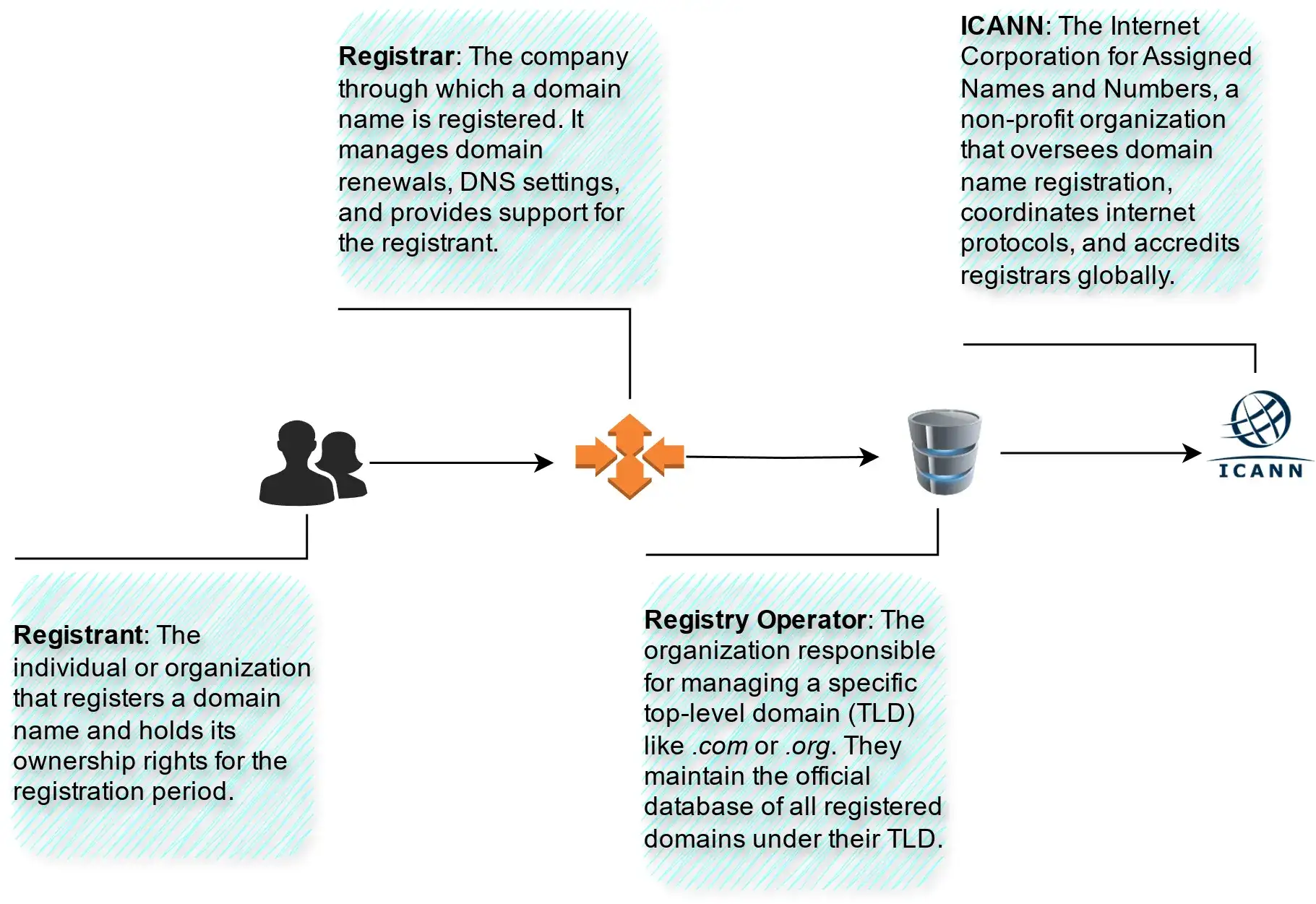Why Domain Ownership Contact Information Matters for SMBs and Non-Profits
For SMBs and non-profits, maintaining control over your domain name is essential to safeguard your online presence. Losing access to your domain can happen easily if the ownership details aren’t managed properly or if an untrustworthy party takes advantage of outdated information. Here’s what you need to know to protect your domain and keep it in your control.
1. Keep Your Contact Information Up-to-Date
Domain ownership details, like your registrant contact information, are critical to maintaining control. If you, as the owner, aren’t listed as at least one of the primary contacts, your domain could be at risk. When domain details are outdated, reminders for renewals may not reach you, leading to possible domain expiration or unintentional transfer of ownership. Here’s how to stay in control:
- Ensure Your Name Is Listed as the Registrant: Always list your name (or your organization’s name) as the primary registrant. This establishes your ownership.
- Use Privacy Protection for Sensitive Details: Some registrars offer privacy protection, which replaces your contact details in the WHOIS directory with proxy information. This helps keep your personal information secure while maintaining legal ownership.
2. Avoid Common Pitfalls in Domain Security
Mistakes in domain management can lead to unexpected issues like domain hijacking (when someone illegally takes over your domain). To prevent this, follow these simple best practices:
- Enable Two-Factor Authentication (2FA): Many registrars offer 2FA for account security. This is an added layer of protection against unauthorized changes.
- Set Up Renewal Reminders: Many domains are lost because the registrant didn’t receive a renewal notice. Make sure your registrar sends reminders to a valid email that you check regularly.
- Consider Multiple Contacts: In case your main email becomes unavailable, list a backup contact who can receive critical updates.
3. Protecting Against Domain Hijacking or Intentional Transfers
Your domain represents your online brand, so guard it against intentional or accidental loss. Adding security layers not only protects you from hackers but also from potential internal risks, such as disgruntled former employees or outdated details. Here’s what you can do:
- Lock Your Domain: Most registrars offer a “domain lock” feature to prevent unauthorized transfers. This is particularly helpful to guard against accidental or malicious domain transfers.
- Choose a Trusted Registrar: Work with a reputable registrar that has experience in managing domains for SMBs and non-profits. Look for registrars that offer security features, responsive support, and transparent policies.
What to Do If Your Domain is At Risk
If you suspect your domain has been compromised or misused, take immediate action:
- Contact Your Registrar: They can help verify the domain’s current ownership details and assist in recovery if needed.
- Review WHOIS Records: Ensure your name and contact information are correct in the WHOIS database.
- Take Legal Action if Necessary: If your domain is lost due to a malicious transfer or other suspicious activity, consult with a legal expert to determine your options for recovery.
By managing your domain ownership carefully, SMBs and non-profits can avoid unnecessary risks and ensure their online presence remains secure and accessible.

Leave a Reply